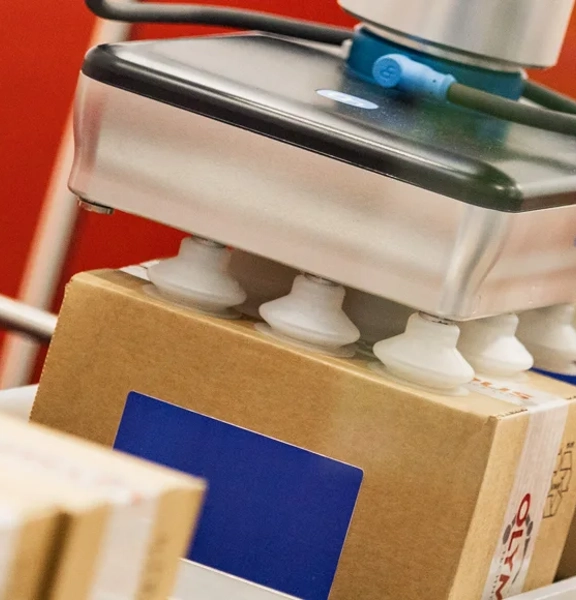Become a member
Take advantage of exclusive member benefits, world class events, networking and specialist support








 Become a member
Become a member 


 Autonomous mobile robots & Guides vehicles’
Advanced robotics
Autonomous mobile robots & Guides vehicles’
Advanced robotics
The Oxford Dictionary definition of Automation is ‘The use or introduction of automatic equipment in a manufacturing or other process or facility’.
Whilst this is a perfectly adequate high-level definition of the term, what does automation mean to different industries and individual manufacturing companies?
For many, the term automation will be immediately associated with the automotive sector, which undoubtedly has some of the highest levels of automation within any manufacturing environment. The automotive sector has also been instrumental in driving the implementation of automation within its vast supply chain, spreading awareness of the opportunities and benefits that can be realised by manufacturers.
Automation, however, exists in many different forms and a diverse range of industries outside the automotive sector. Automation therefore means different things to different people, not least the scale of what would be termed automation. For many companies, starting on the road to automating does not mean investing in high capital cost multi-robot systems or bespoke designed special purpose machines.
The first, and sometimes tentative steps, into automation can often mean taking control of a single process or manufacturing step, usually within an existing manual line, using relatively simple technology.
This may be as basic as adding measurement or sensing devices to provide data or feedback on a process, or implementing a very simple mechanical mechanism for part handling/transfer operations.
Whilst these examples may be considered very low-level automation, there are still tangible benefits such as the acquisition of process parameters for each cycle – valuable information for process monitoring and a predictable and repeatable cycle time for the transfer operation, which can aid the balancing of downstream operations.
The simple example above of acquiring process information through sensors is the concept at the heart of mainstream process manufacturing lines, where:
and many other process attributes are measured and monitored continually to ensure a stable and reliable process.
Automation here is visible only through the screens of the system monitors, with no fast-moving robot arms or mechanical systems to be seen.
Automation need not be an all-encompassing philosophy involving a start-to-finish approach. There are many instances where technology can be implemented as stand-alone systems or ‘Islands of Automation’. In these cases, there may be a particular operation or process within an overall manufacturing line that would benefit from an automated approach.
The reasons for selecting these operations can be wide and varied but examples might include:
For some, starting small and realising the benefits that automation can bring to manufacturing processes will build confidence overall, ultimately leading to further investment and more sophisticated systems. The introduction of automation, even at relatively low levels can deliver significant improvements in quality and yield.
Taking control of a process or task using automation immediately brings levels of consistency and repeatability generally unachievable or unsustainable in a manual environment.
Measurements made using sensors will not be subject to change or deviation resulting from operator fatigue and processes where materials are dispensed can be made more efficient due to the inherent control and consistency within the automated process.
Automation, in its broader sense, is the tool that many companies use to bring measurable consistency, improved productivity and higher yield to their manufacturing processes.
The way that this is achieved will be different for each manufacturer and ultimately driven by the unique characteristics of individual products and processes.